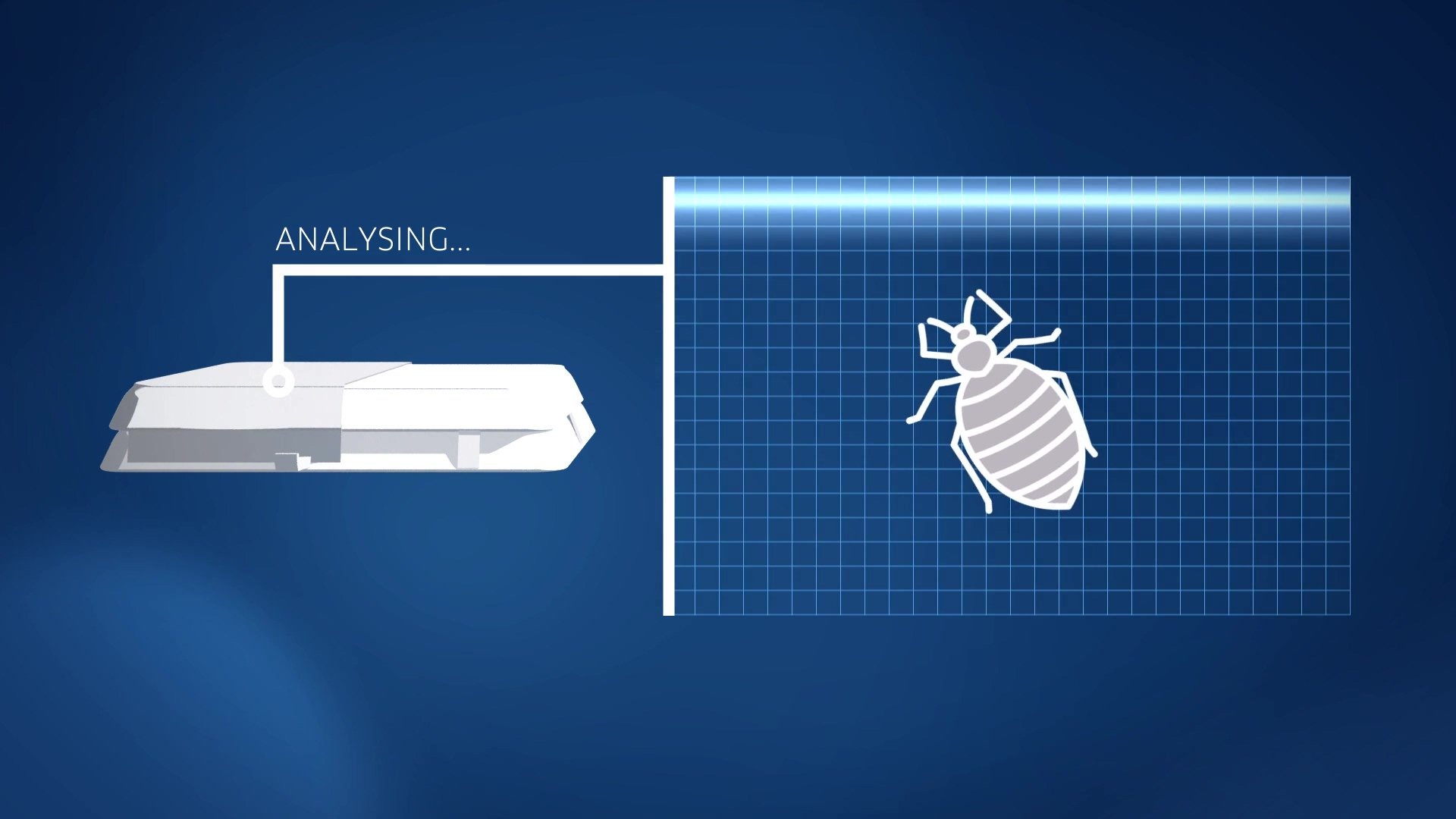Waking up to find yourself covered in bed bug bites may seem like a scene from a horror movie. But if you’re an accommodation or lodging provider, bed bugs can be a real nightmare! Protecting guests is a priority for the hospitality industry and knowing how to identify and treat bed bugs is key to giving your guests a good night’s sleep.
Is it a bed bug?
Bed bug infestations can occur in any type of accommodation, from bed and breakfasts to luxury hotels, apartment blocks and residential care facilities. They can be hard to spot with the human eye, measuring just 4.5mm as a fully-grown adult - about the size of an apple seed. Their colour varies depending on when they’ve fed, ranging from brown to red-brown, whilst newly hatched bed bugs can appear white, almost translucent, and are often no bigger than a speck of dust.
Often mistaken for fleas, ticks or carpet beetles, bed bugs prefer to seek out their meal at night when a person sleeps. They have flat bodies which makes them experts at hiding in crevices such as bed frames, lamps and under the hems of mattresses.
For commercial businesses, Spotta is the best way to identify bed bugs. Our Bed Pod provides reliable, early identification through our special technology which classifies the type of pest found; find out more about how they work.
What causes bed bugs?
Globally, bed bugs are on the increase with frequent travel, warmer climates and a resistance to pesticides all contributing to the pests flourishing. Bed bugs can be unknowingly transported between places, with the pests hiding themselves in the joins of suitcases, under hems of backpacks and even within clothing.
Their presence does not mean a home or hotel is unclean; they don’t judge a premises on its cleanliness, just their access to a host to feed on. They want warmth and a good supply of blood and carbon dioxide, all easily accessed when a person is sleeping. This is why they’re often found in bedrooms but they can also be found in armchairs and sofas in lounge rooms, as well as public areas such as school desks and bus seats.
How to remove bed bugs
Given their size and resilience, bed bugs are best treated by professional pest controllers and exterminators.
Don’t try to remove them yourself. Bed bugs can survive up to a year without feeding, so may hide until later. The pests can survive most homemade remedies so you might think you’ve solved the problem and saved some cash, but the pests are likely to return unless you’re certain you’ve killed all of them.
If you don’t already have a pest management plan, it’s important you find a reliable, reputable pest controller. Check online reviews as well as investigate accreditation through local pest control agencies and associations.
In the UK, the British Pest Control Association and the National Pest Technicians Association have directories of their members. In Europe, try CEPA, the website of the European Pest Management Solutions Professional Association and covers 23 European countries.
In the USA, a list of local pest control companies can be found on your state’s pest association website or Pestworld, the website of the National Pest Management Association.

